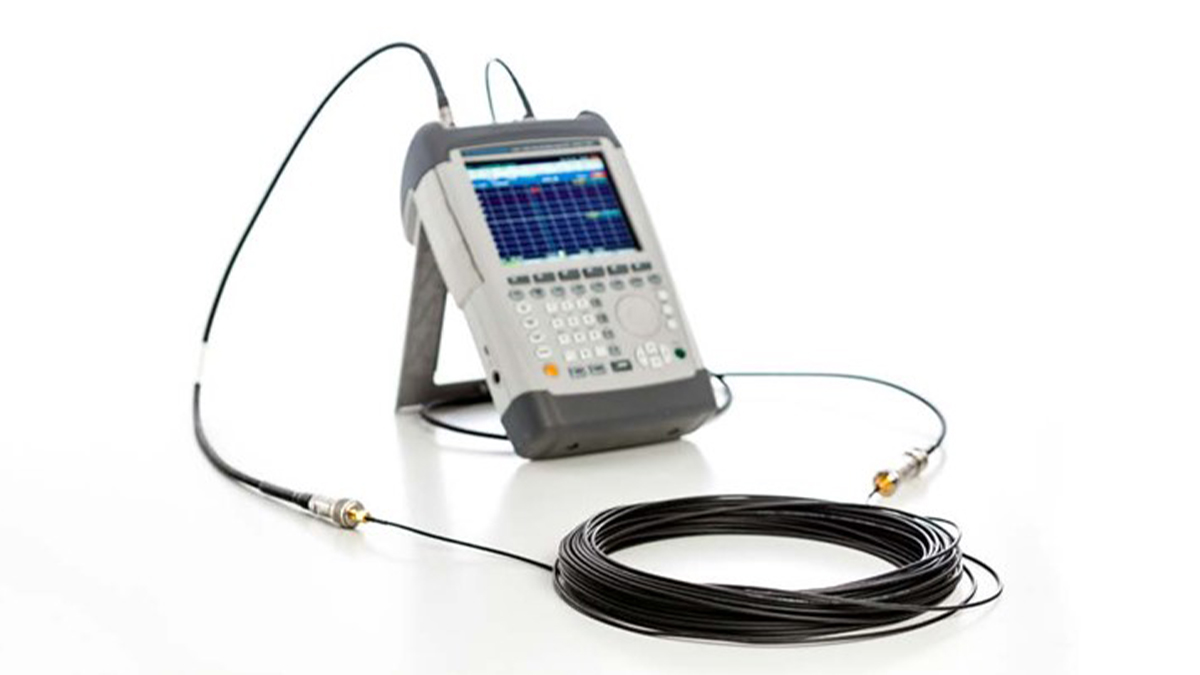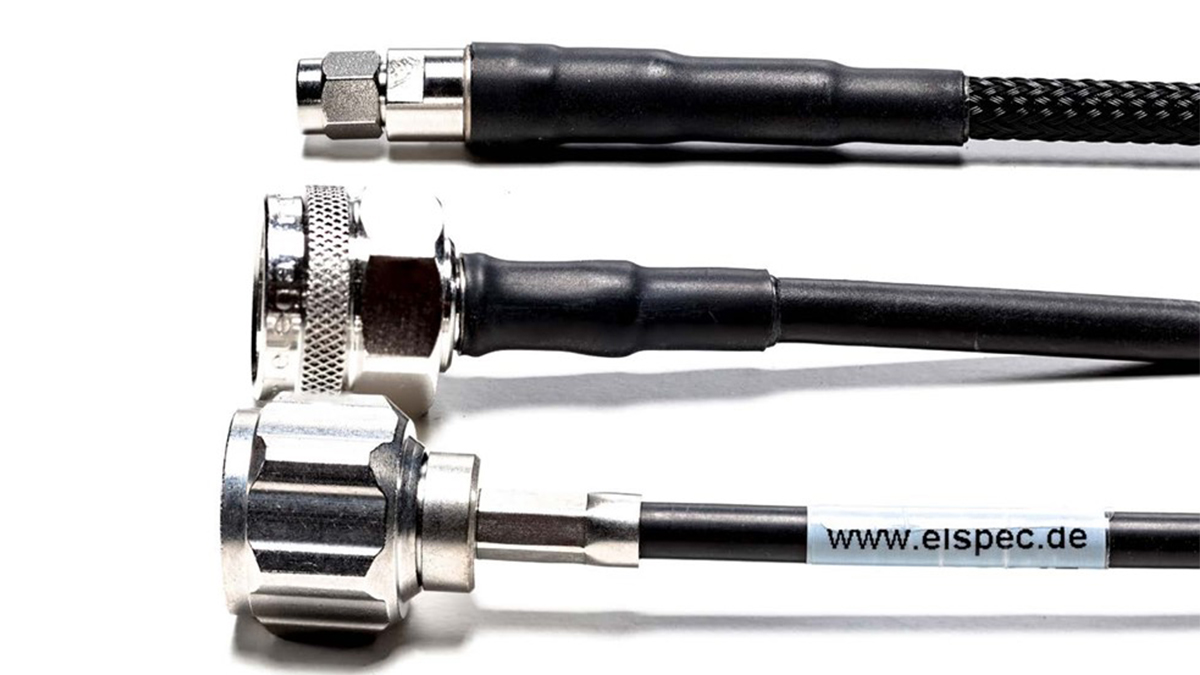
Return Loss | Damping
In high-frequency engineering, one of the fundamental parameters used to assess component and system performance is return loss. This metric reflects how well the connections are matched, directly affecting signal reflection and transmission quality. A Vector Network Analyzer (VNA) is the primary tool for this analysis, capable of displaying return losses of up to 60 dB. However, these values depend heavily on calibration, which compensates for the systematic errors of the instrument itself.
While VNAs offer impressive dynamic ranges, the accuracy of a 60 dB return loss reading isn’t necessarily absolute. Instead, this figure often stems from the precision of the calibration process using a defined standard set (Open, Short, Load). Yet, these standards come with inherent tolerances, such as variations in impedance, mechanical alignment, and environmental factors like humidity and temperature.

Impedance Standards and Influencing Factors
Standard coaxial air lines without dielectric supports are used to define impedance values precisely. These systems are meticulously manufactured to reduce dimensional tolerances and surface roughness. Equation-based calculations involving dimensions of the inner and outer conductors (D and d), along with permittivity of air (εr = 1.00059), provide theoretical impedance values.
Small deviations in concentricity or even relative humidity can significantly impact impedance. For instance, in a 7 mm connector, such influences can reduce return loss from 70.9 dB to around 52.7 dB when a measurement uncertainty of 1 mm is assumed. In smaller systems like 1.0 mm connectors, the sensitivity to mechanical tolerances becomes dominant, further reducing achievable return loss.
Sources of Measurement Uncertainty
Return loss measurements are influenced by:
- Repeatability in connector mating
- Cable flexing during measurement
- VNA dynamic range and linearity
Achieving 60 dB return loss isn’t about measuring perfection, but about understanding and minimizing uncertainty.
– Stefan Burger
Even when VNAs are calibrated at accredited laboratories, measurement uncertainties persist. For example, Germany’s PTB guarantees uncertainty up to -48 dB, while the Swiss Federal Institute of Metrology certifies up to -50.5 dB. Manufacturer-reported uncertainties for VNAs like the Rohde & Schwarz ZVB and ZVA vary from -40 dB to -44.4 dB.
Ultimately, while return loss measurements as high as 60 dB are displayed, true values depend on various uncertainties, especially when using uncharacterized loads. Therefore, it’s essential to understand that these figures represent estimated reflections against idealized models rather than absolute truths.


